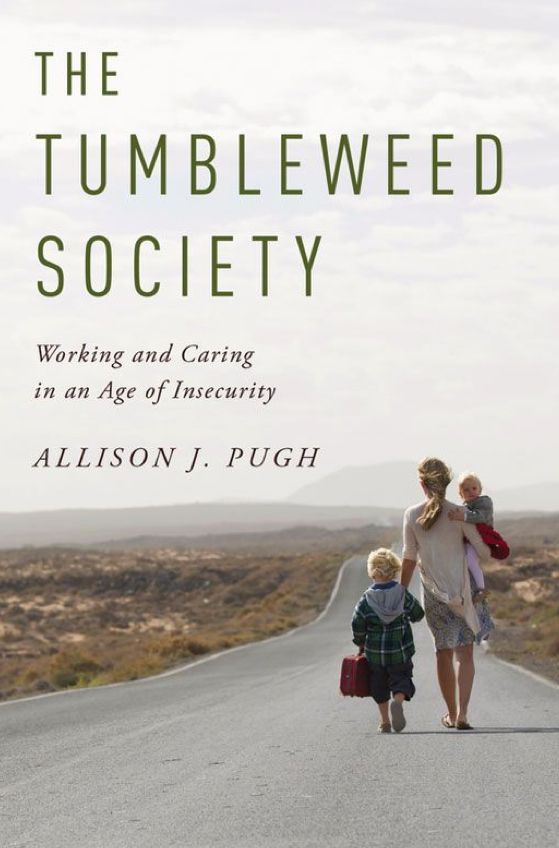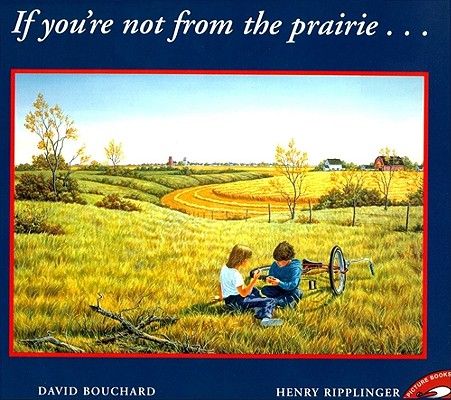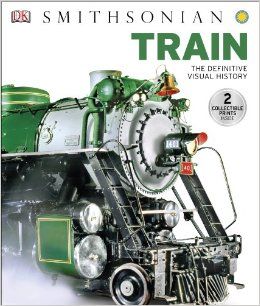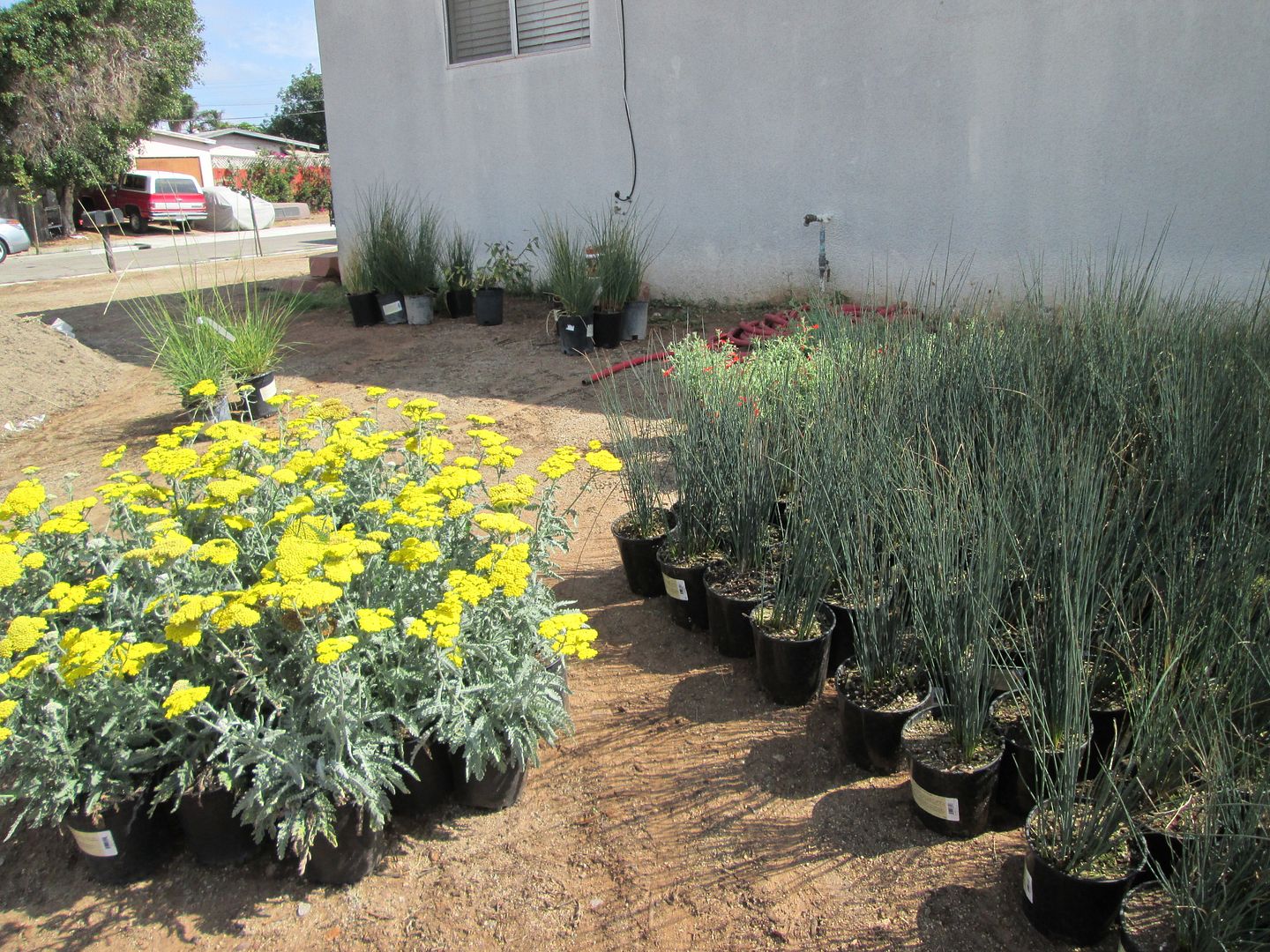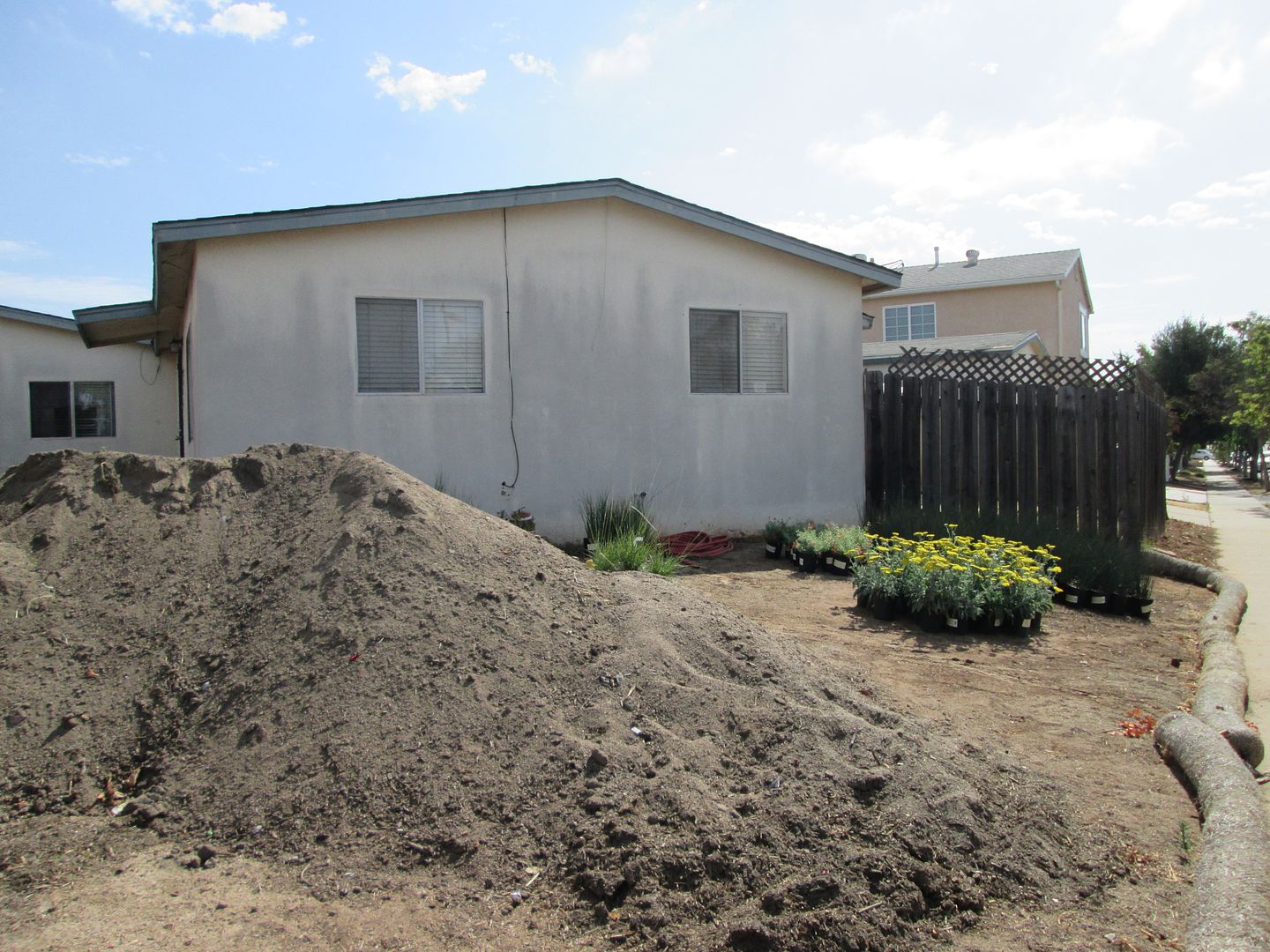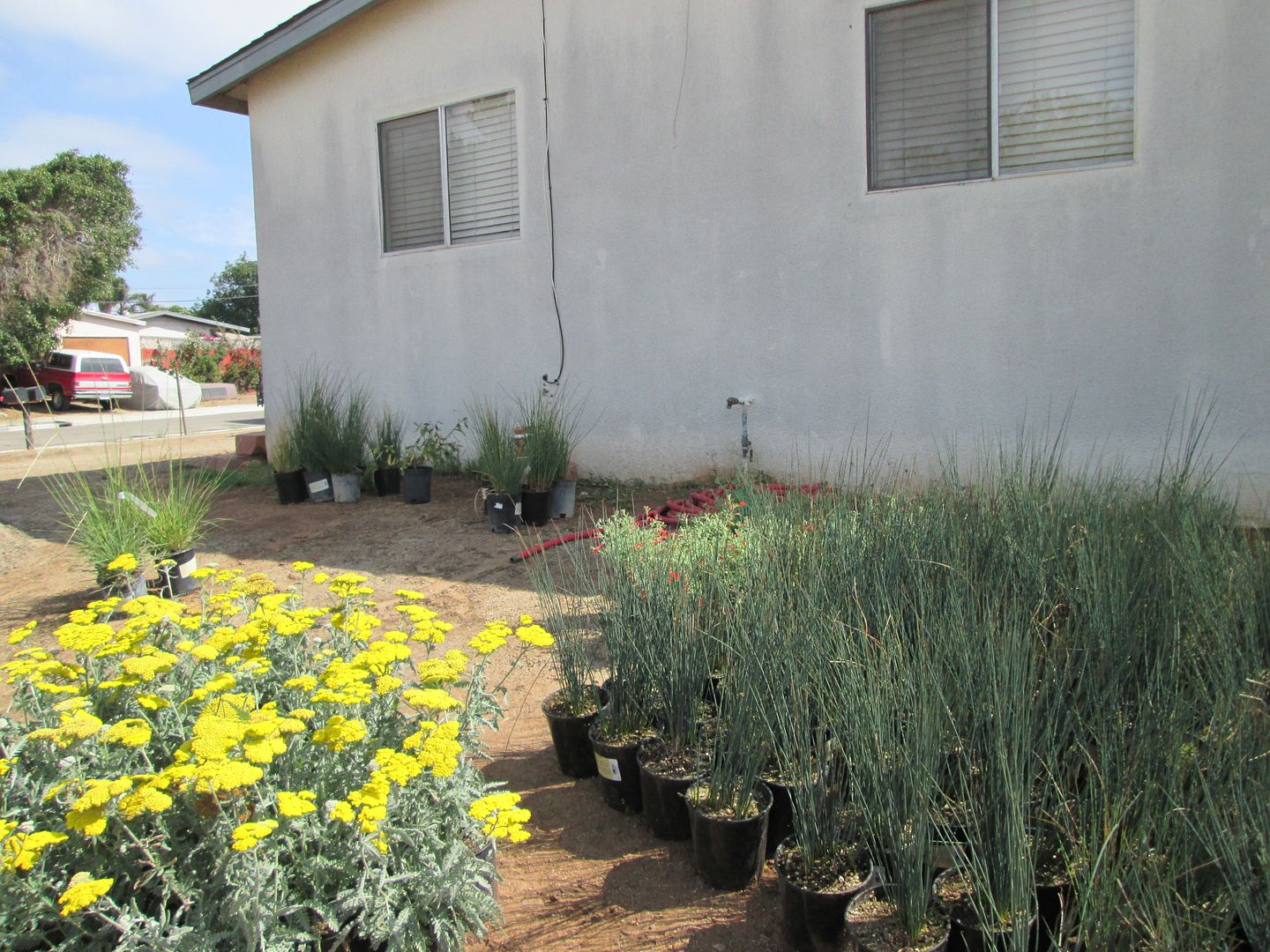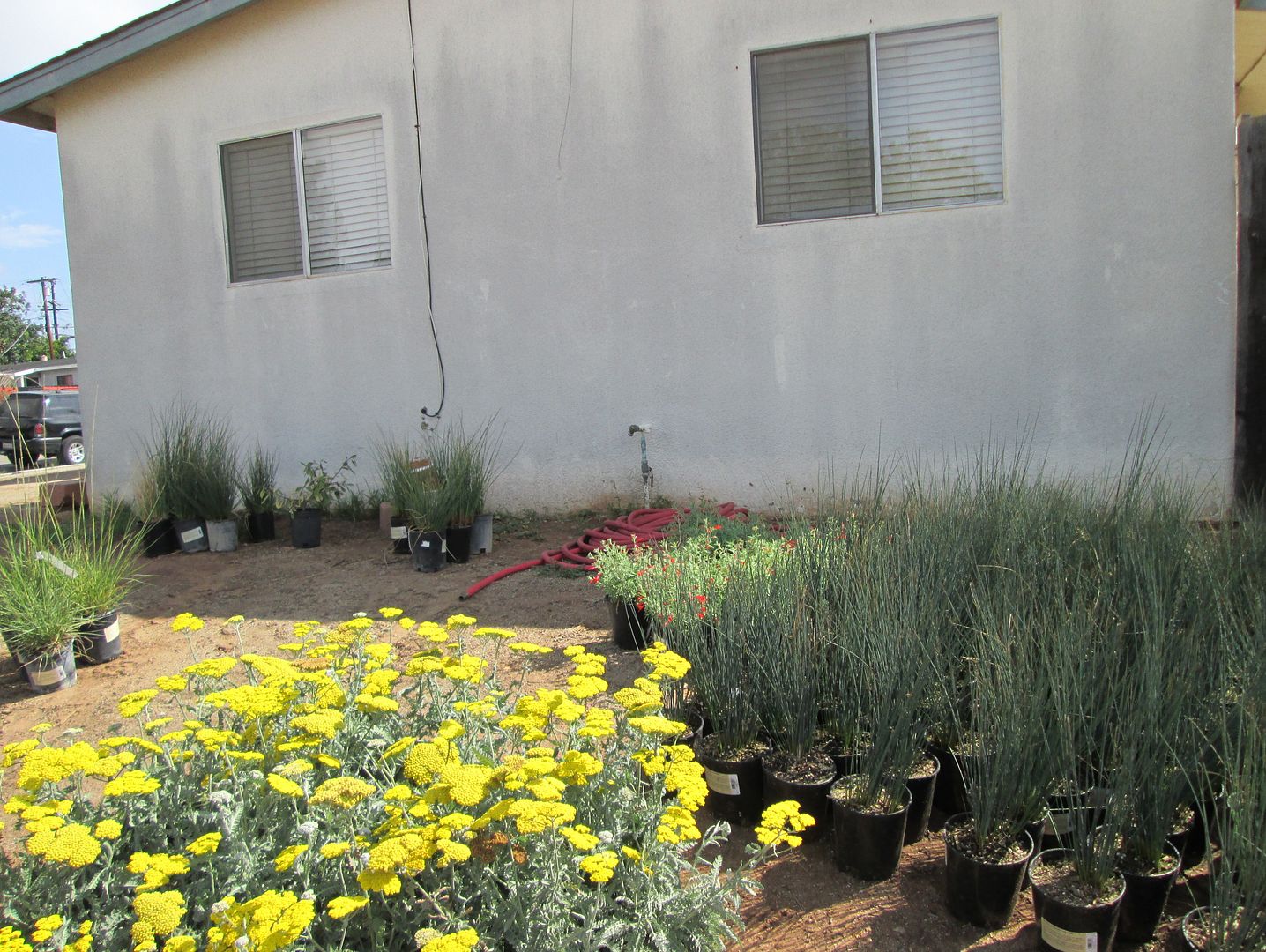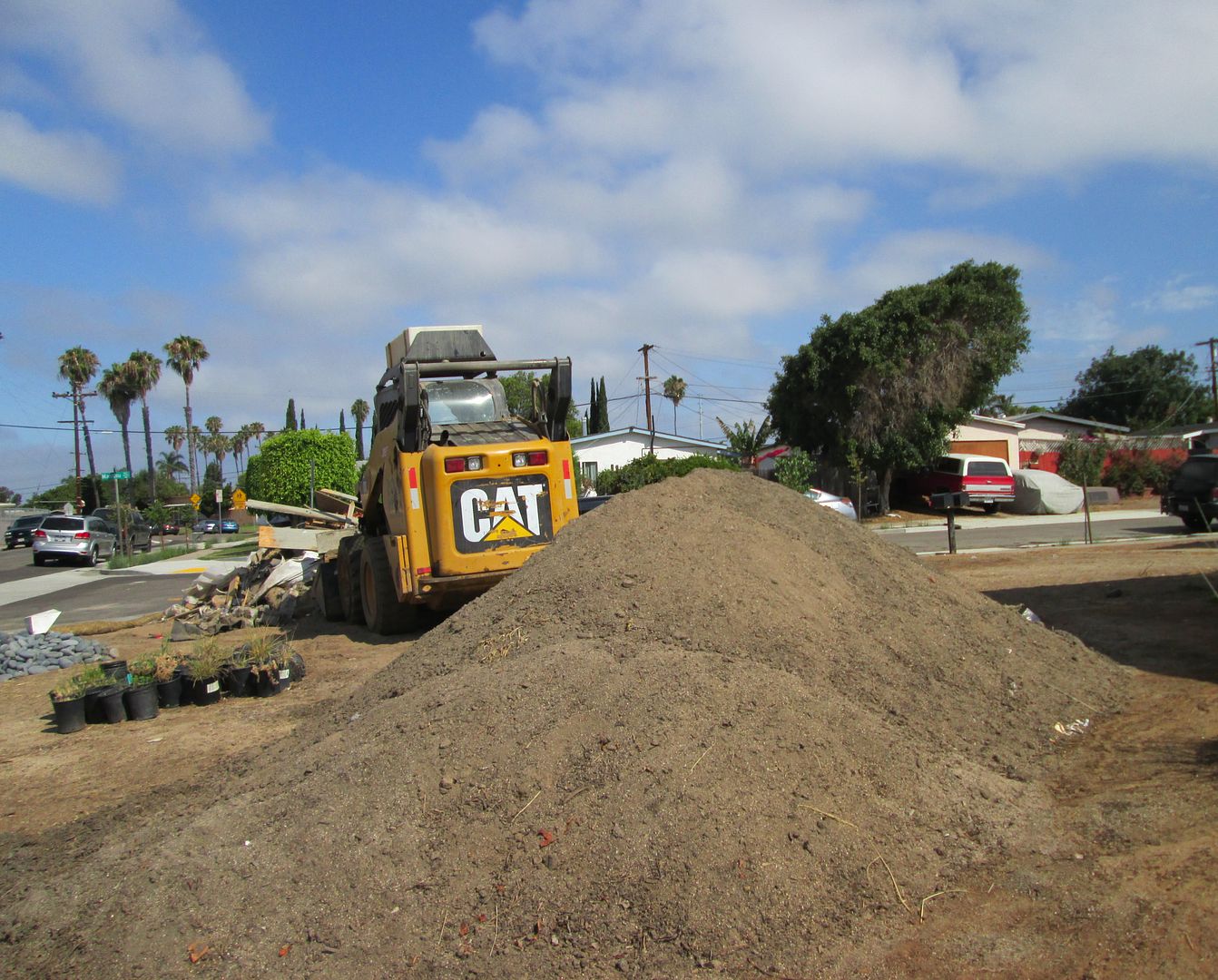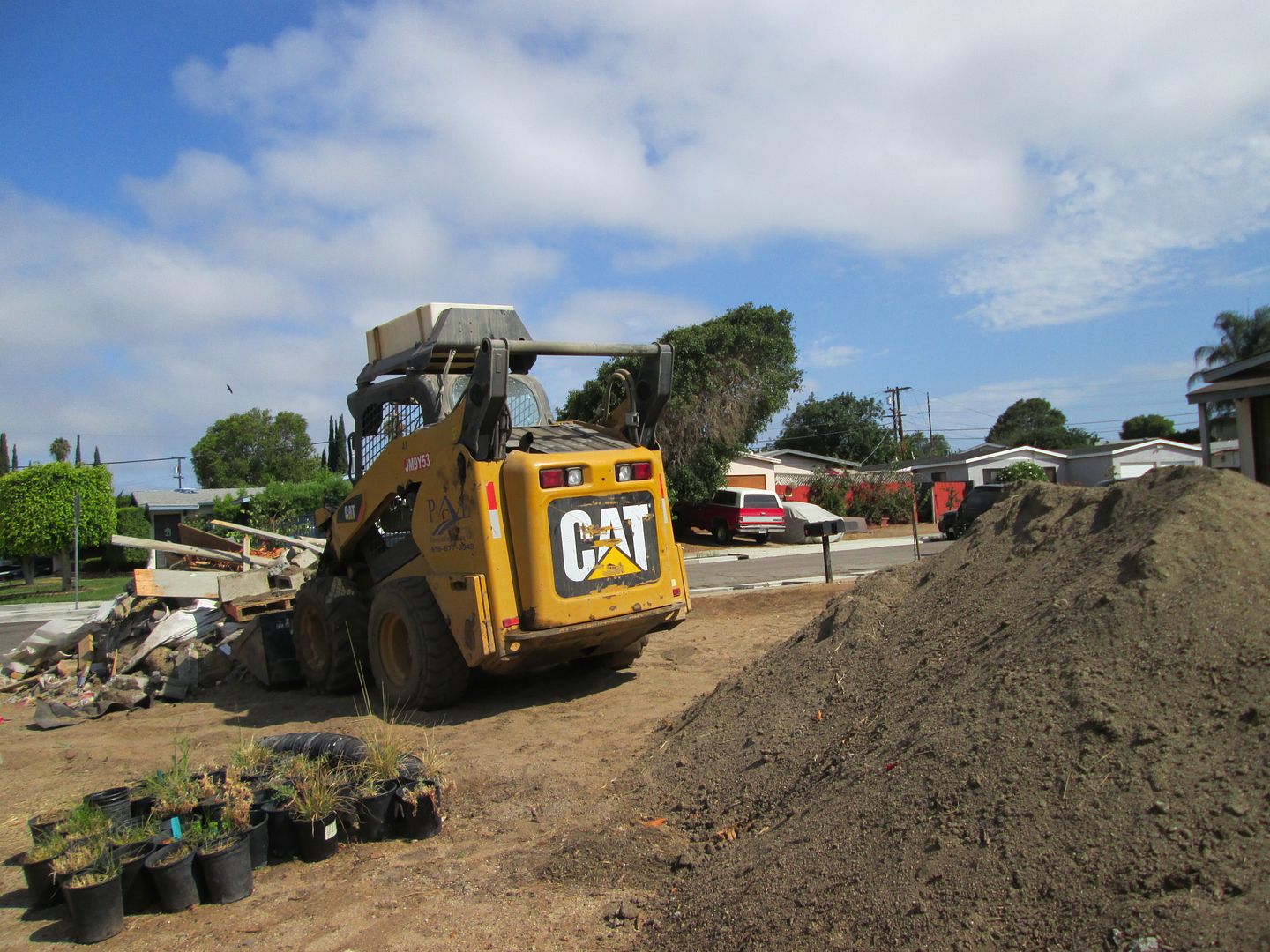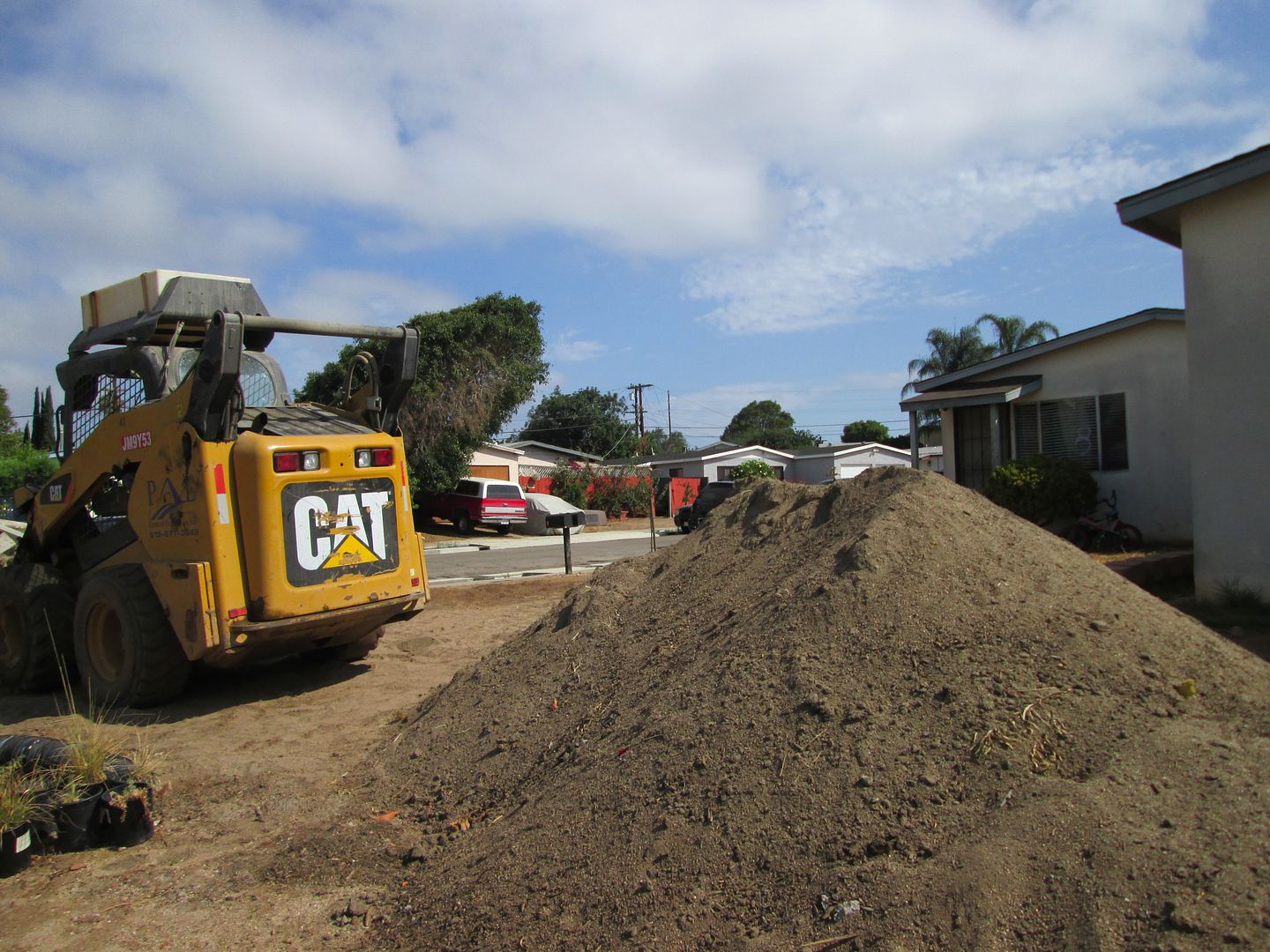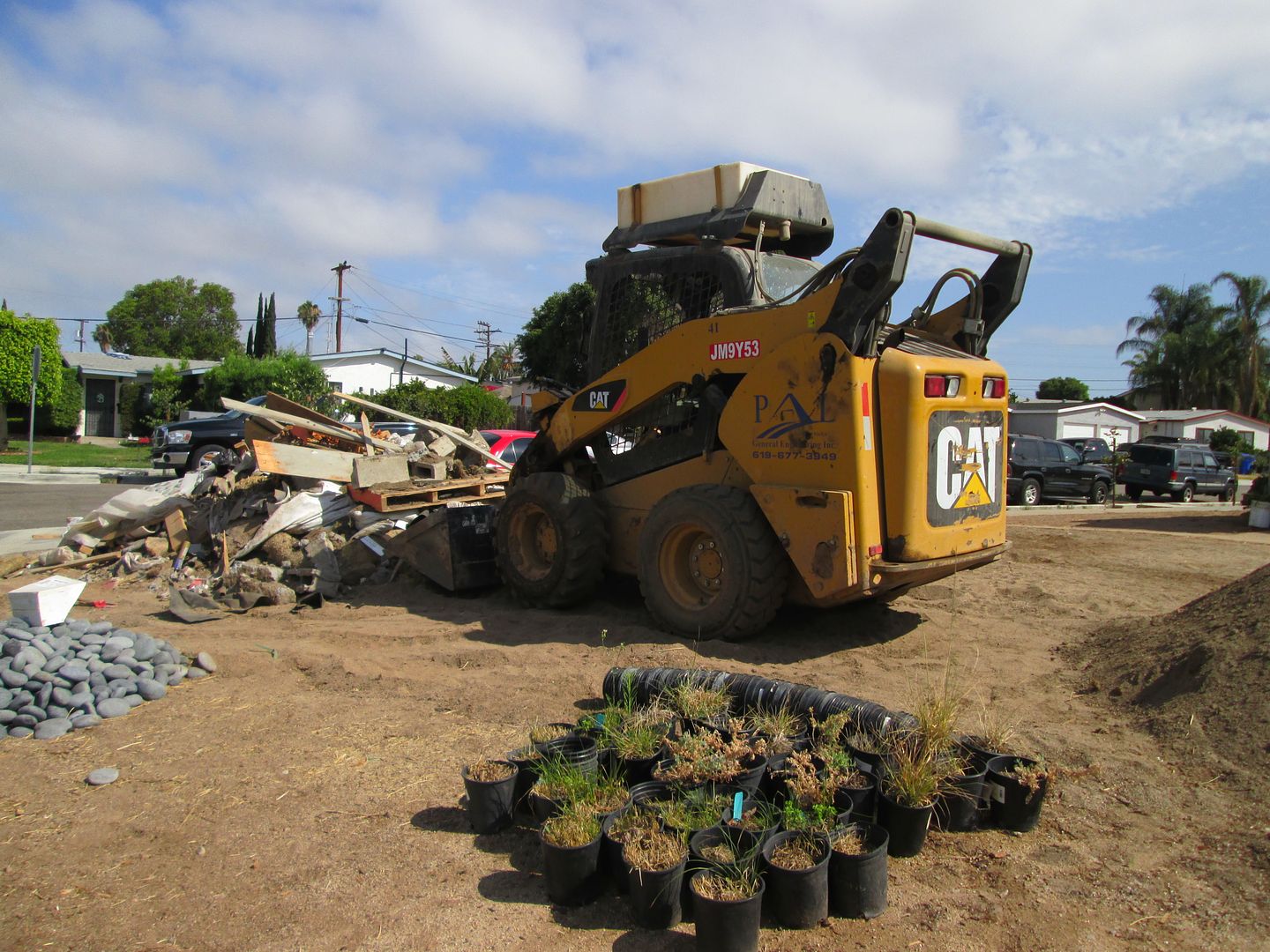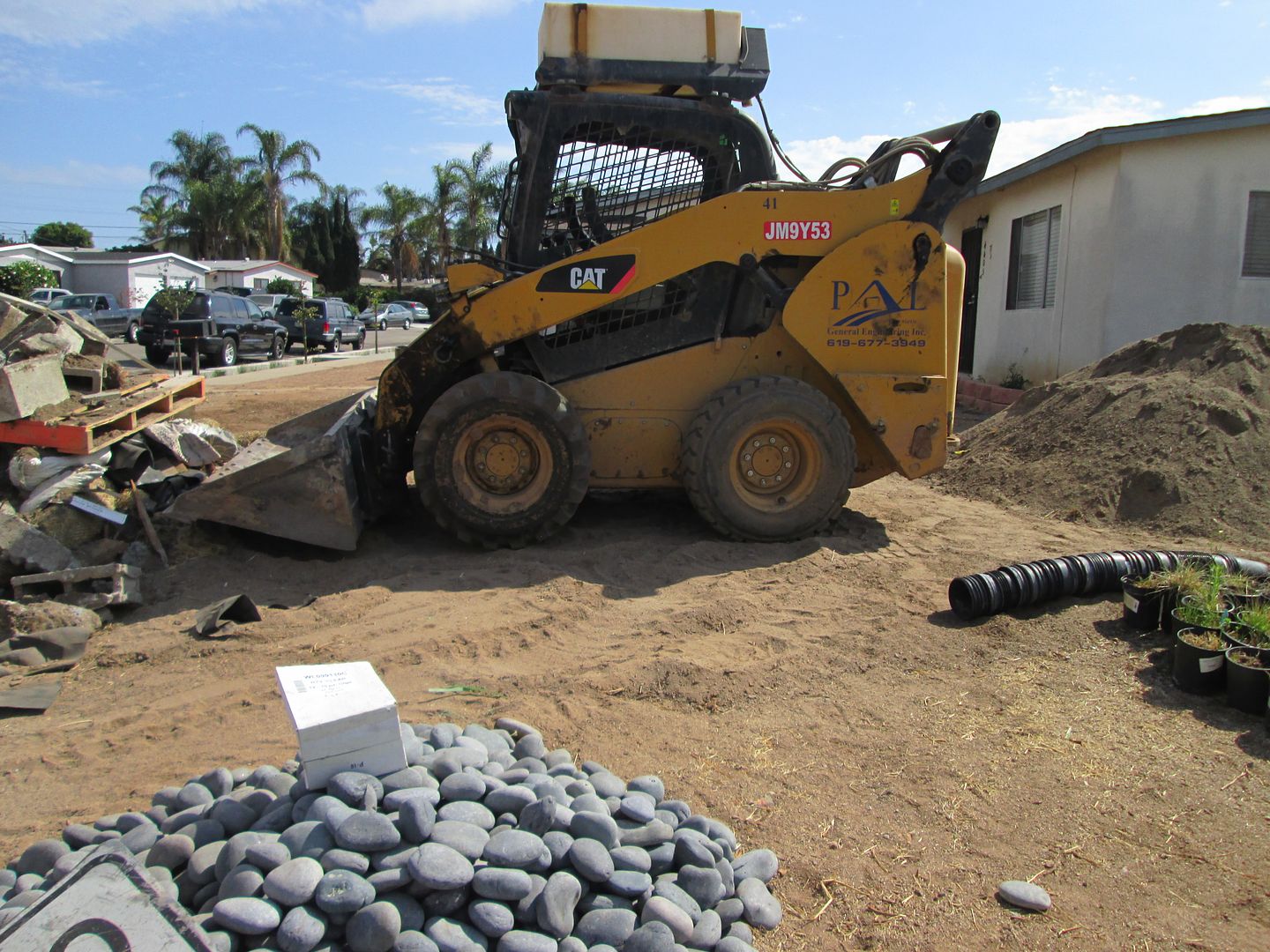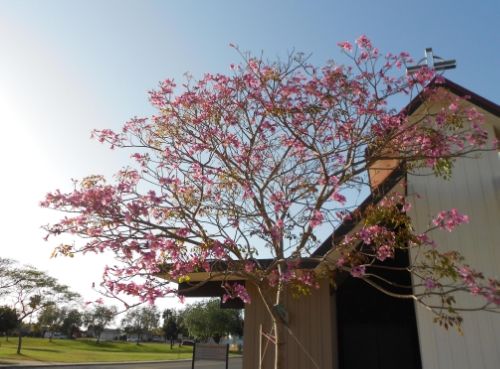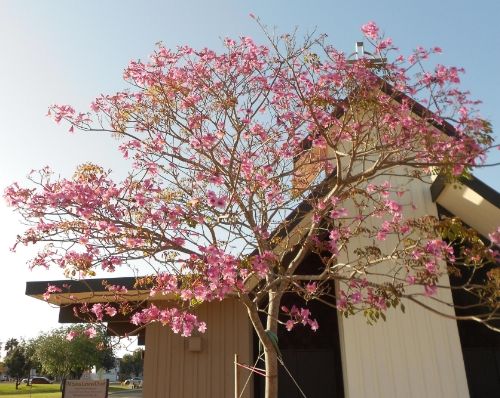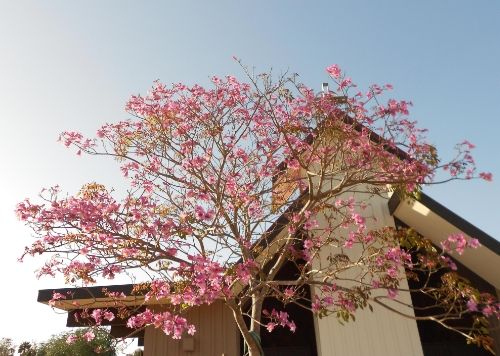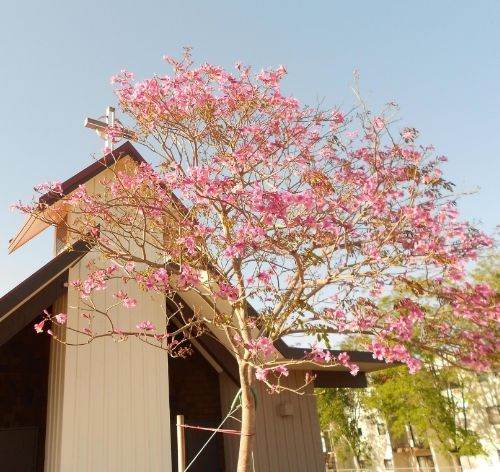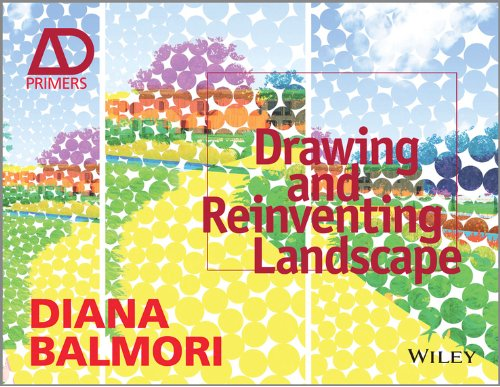Mayor for New America: Thomas Menino by Thomas M Menino with Jack Beatty

Disclaimer: I'm reviewing the incomplete Advance Reader Copy from Amazon Vine, so some of my remarks may not apply to the finished edition.
Multi-term Boston Mayor Thomas M Menino brings us a memorable account of his five terms in an introduction and only five chapters―but admittedly they're five long ones. The intro quickly moves us through the Boston Marathon bombing and its aftermath that created many days of national news during April 2013. As I read the intro about the Boston bombing, I felt I was there at the scene while I also clearly remembered sitting in front of my television in southern California for the next piece of news; it helped that I'd lived in Watertown and had a clue as to the lay of the land where police found the bombing suspect holed up in a boat moored in a backyard.
Chapters include: (1) Menino's early days in Boston's Hide Pahk naybahhood and how human connections, interactive politics, excellent people skills, and hard work took him to City Hall, first as acting mayor, and then as elected mayor; (2) Schools; (3) Police and Fire; (4) Getting Stuff Done; a concluding (5) "To Think I Did All That," expressing his amazement that he accomplished so much.
In contrast to most other major US cities, Boston proper covers only about 48 square miles. Nonetheless, as Menino describes and as I experienced, in historical and present-day influence, and in scope of problems such as crime, corruption, poverty, racism, educational underachievement, and wealth, Boston is very major big city. I lived in Boston more than once, so Menino's description of mostly Irish educational, police, and fire with their cronyism, deal-makings, and corruption took me back in time. Tom Menino was the first Italian-American mayor of Boston―he was the first mayor whose heritage was not Irish-American.
Some reviewers have mentioned the book emphasizes Menino's successes, and it does. Hey, he's a politician and this is in print, so of course he wants to memorialize himself well, yet he doesn't entirely omit a few endeavors that didn't bear healthy fruit. I know Grove Hall, Jeremiah E Burke High School, Roslindale Square, Roxbury... I also experienced changing Boston demographics. At one time my landlord was a second generation Italian-American; some years later, I rented from a fairly recent immigrant from the Dominican Republic.
The chapters are long yet engaging, and I was disappointed when I reached the end―is that all there is? I wanted more! My copy lacked the index I know I'd have enjoyed reading through because I'd have known most of the names and places.
Mayor for a New America leads us to ask questions about the role of government in different settings; in any case and place, how much government is too much? How much is not enough? Does a poorer or a literally poverty-stricken constituency legitimately need more services and more direct governing? How much can we expect under-educated and historically underserved populations to do for themselves? The work, the mystery, and sometimes the magic of politics helps create better lives. Thomas Menino accomplished that, and he laid a solid foundation for his successors to continue his legacy.
my amazon review:
vivid memories, future hopes
 In the beginning…a small bell chimed
In the beginning…a small bell chimed